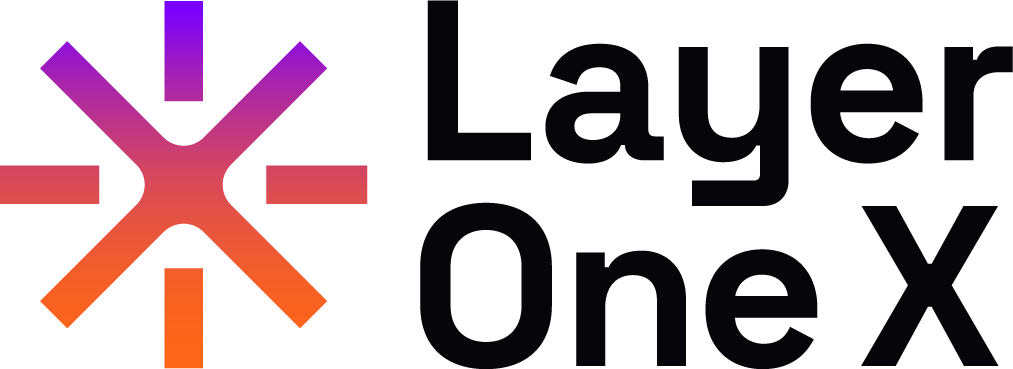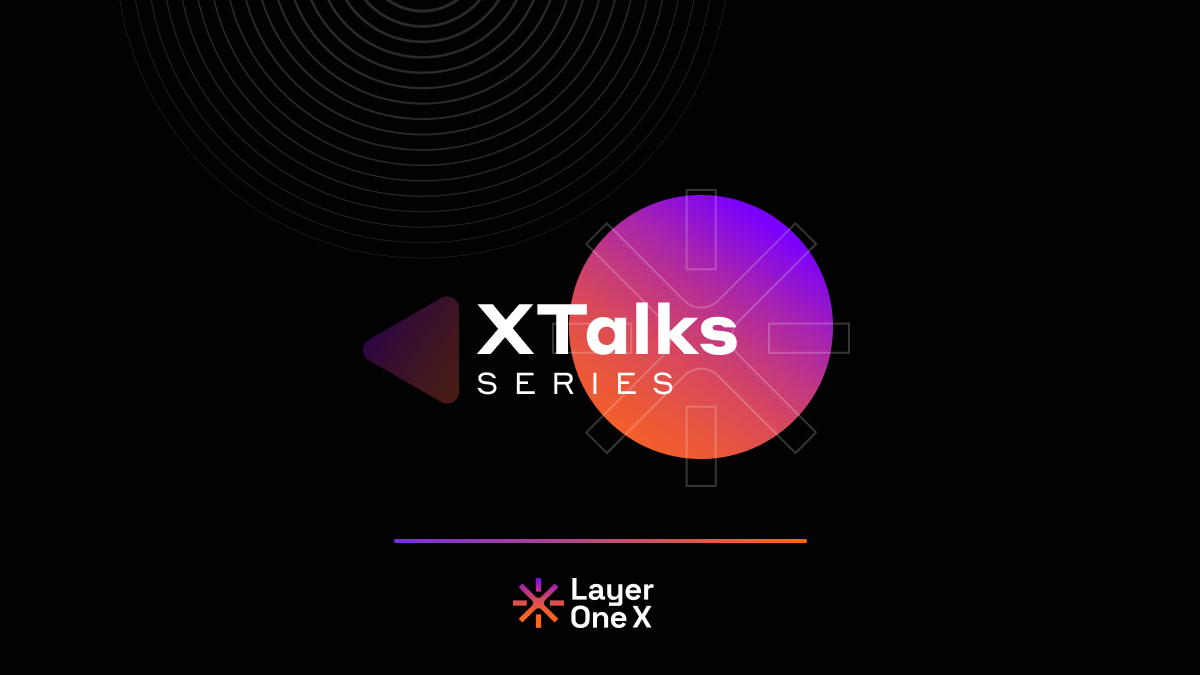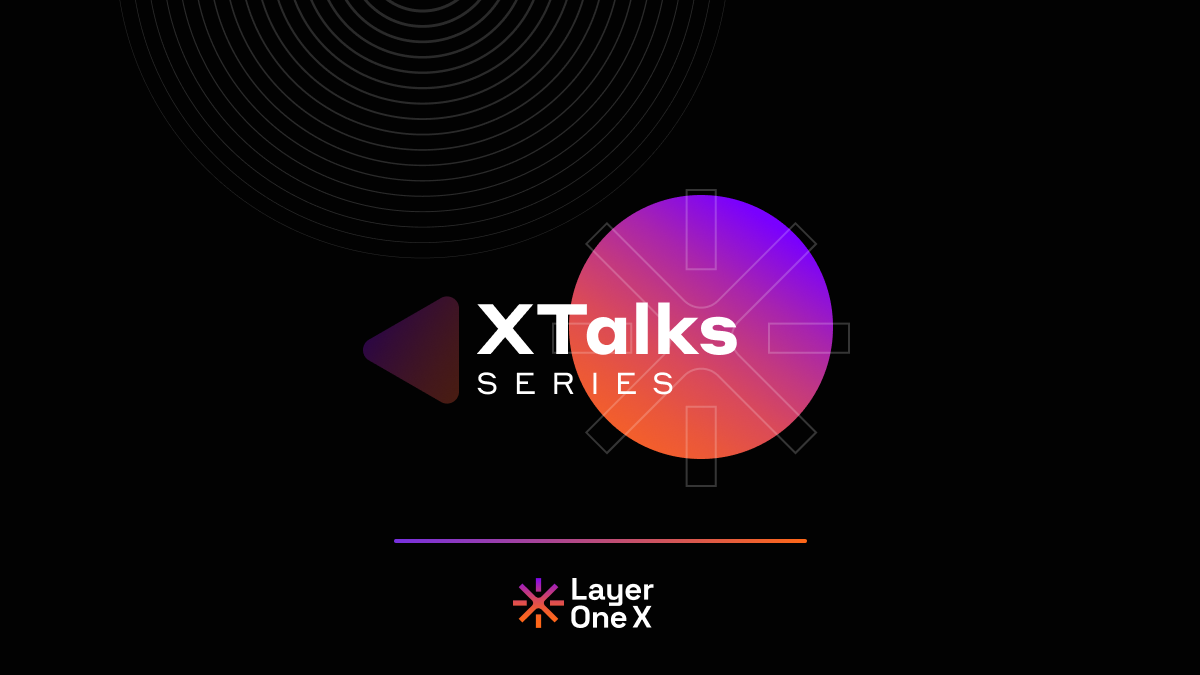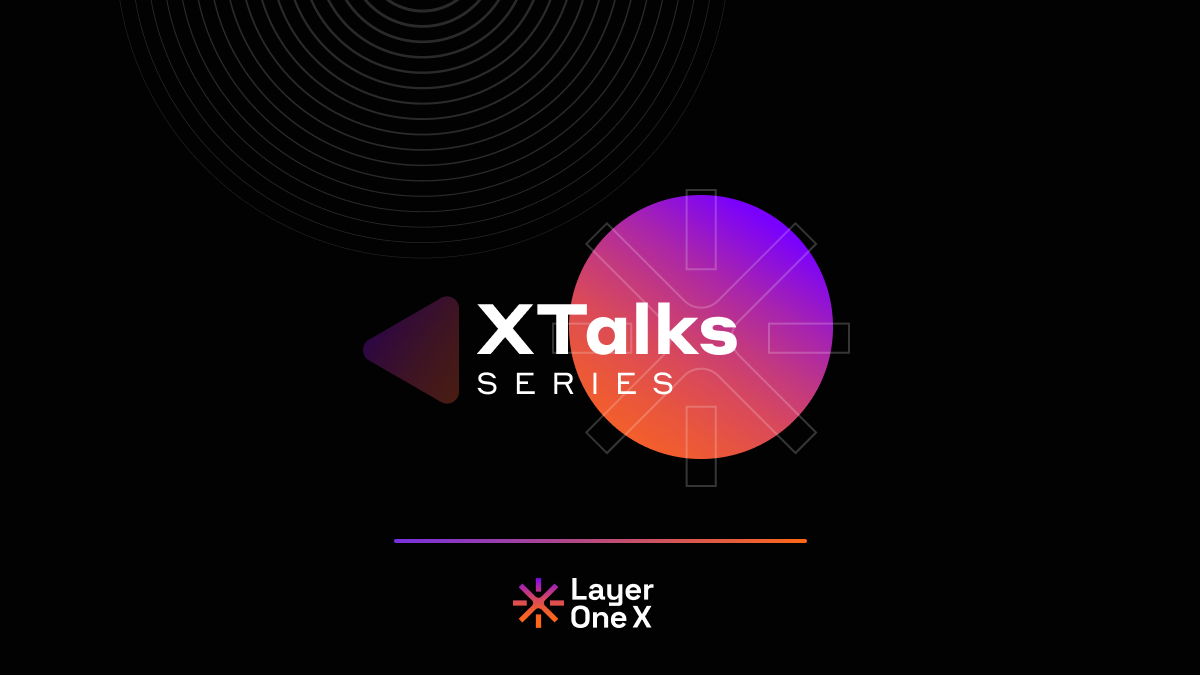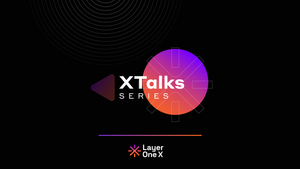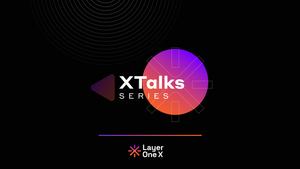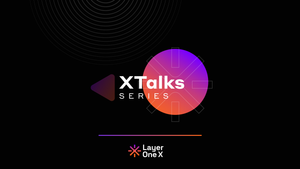In Xtalk Episode 39 on 11 April 2024, Kody, Chief Experience Officer at Layer One X, and co-hosts Sam and Ina tackled a juicy topic: open-source tech, IP, and the wild ride of coding in Web3. With a sharp panel of builders, compliance gurus, and community champs, they unpacked the pros, cons, and deep questions of going public with your code. X’s audio hiccups? Just static on the signal—here’s the recap.
The Crew: Code Crafters and Cautionaries
Kody rolled out a diverse squad: Lena from Solana’s Offline NYC (community builder), Travis of Viar Blockchain (entertainment L1), Kevin from RW.inc (RWA tokenization), Grammy of AML Bot (compliance and crypto investigations), Ian of MLE Ventures (dev-turned-VC), and Sley (Portug community voice). From blockchains to bounties, they brought the full spectrum.
Q1: Web2 vs. Web3 Open Source
Kody kicked off: How does Web2’s open-source vibe differ from Web3’s? Ian jumped in—Web3’s “code is law” ethos demands polished, audited code since vulnerabilities are cash grabs. Web2? It’s freemium—basic open source, premium behind paywalls. Travis added: Web3’s financial stakes (tokens, liquidity) mean exploits hit harder, but more eyeballs catch bugs—though black hats lurk. Lena cited Solana’s Superteam: open bounties turned bugs into community wins.
Q2: Protecting IP in the Open
Next up: How do Web3 projects shield IP when code’s up for grabs? Travis walked the tightrope—early secrecy builds a moat, but a killer UX trumps copycats. “Fork my code? You won’t get Layer One X’s vision,” he quipped. Kevin flipped it: IP’s overrated—VCs chase traction, community love, not patents. Grammy countered with a compliance lens—open-source intel (OSINT) flags bad actors, but fuzzy data needs work to secure trust.
Q3: DAOs and Open-Source Risks
Kody probed: Do DAOs amplify exploits or security? Travis said it’s the crew—NFT degens won’t catch bugs like devs will. MakerDAO shines; newbie DAOs? Shaky. Sley flipped anonymity’s rep—pseudonyms build cred in Web3, unlike Web2’s corporate sharks. Grammy played party pooper: DAOs host fraud too—guardrails matter, or casualties pile up.
Q4: Free Labor or Fair Rewards?
From his SaaS roots, Kody asked: Will Web3 mimic Web2’s free-labor open-source trap? Travis saw bounties and tokens as Web3’s edge—unlike Big Tech’s profit grabs. Ian noted: scarce Web3 devs won’t work gratis unless job-hunting. Kevin smirked—X’s dropout glitches scream for open-source fixes, but rewards still rule.
Community Q: IP in Decentralization
Listeners grilled Layer One X on IP protection. Travis spun it back—open critical bits, keep the “black box” tight. Forkers get scraps, not the product. Kody nodded—U.S. patent chaos makes secrecy a shield, but selective openness fuels collaboration.
Q5: Knowledge as the New Divide
Kody’s finale: Will open-source code split us by skill, not wealth? Travis saw parallels—Wall Street’s edge mirrors coders’ advantage, but education could level it. Sley cheered Web3’s readable whitepapers vs. Web2’s opaque tomes. Grammy balanced it—transparency lures, but anonymity tempts; risk management’s key.
Outro: Non-Coder Tips
Panelists dished advice for code-illiterates: Travis—vet communities, trust builders, eyeball ethos. Others lagged (X bridging woes?), but the vibe was clear—dig in, lean on the savvy.
Wrap-Up: Code’s Double Edge
Kody thanked the gang—Lena, Travis, Kevin, Grammy, Ian, Sley—for diving deep. “Retweet this gem,” he urged, hyping Layer One X’s bridgeless unity quest. Ina, the “Swiss Army knife,” and Sam kept it rolling despite X’s stutters.
Takeaway: Open Source, Open Questions
This Xtalk bared it all: open source powers Web3’s promise—collaboration, resilience—but risks IP theft and exploits. Layer One X’s library vision and DAO debates hint at a future where code’s king, yet community’s the crown. Knowledge gaps? Shrinking, if we teach it right.
